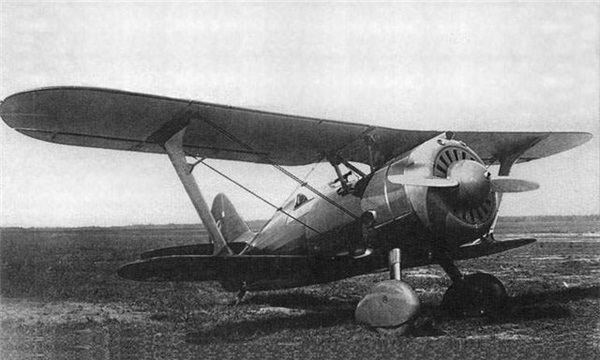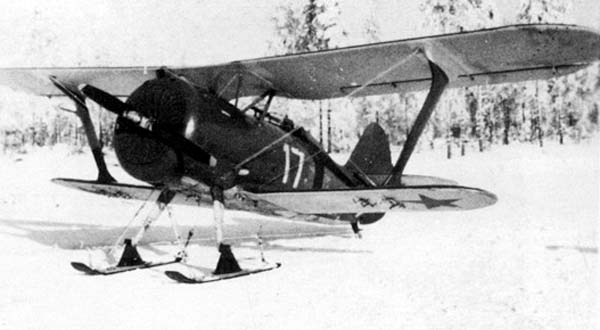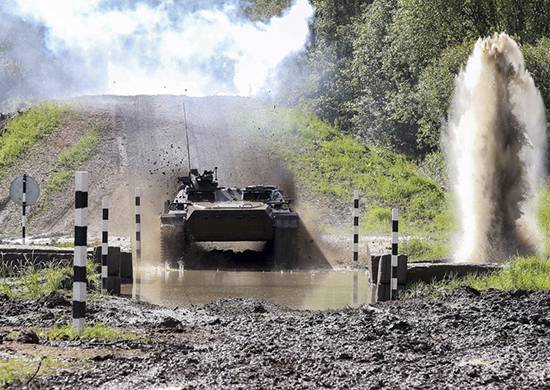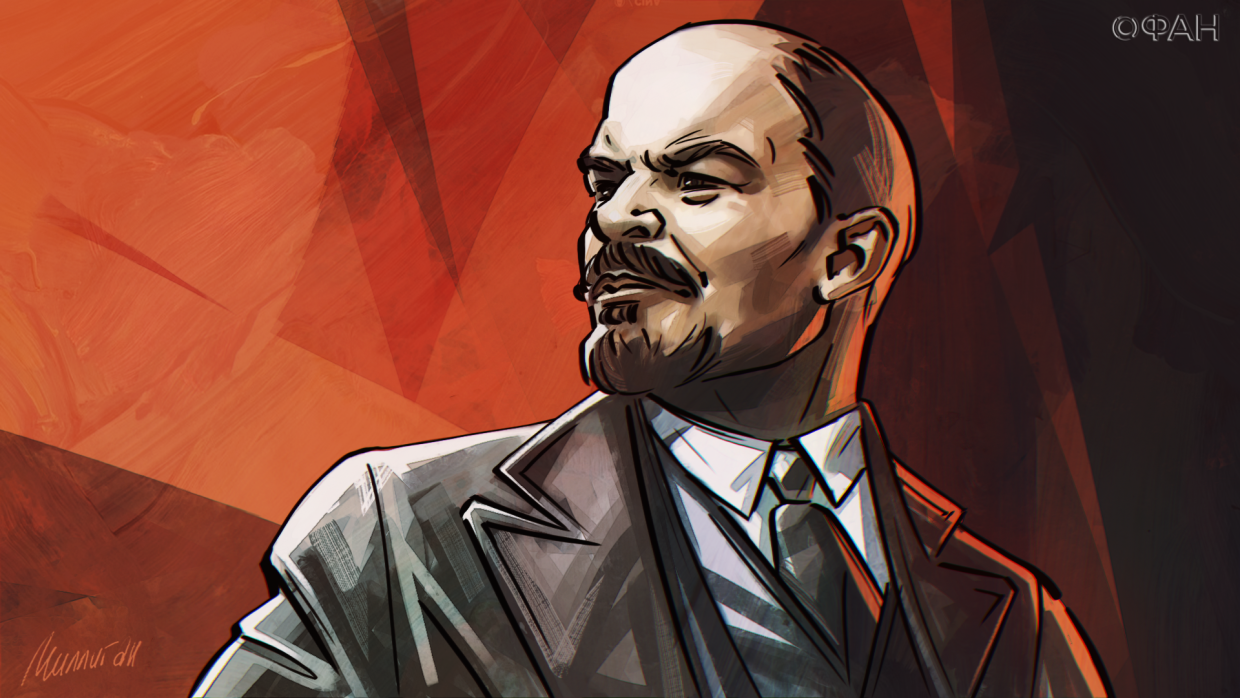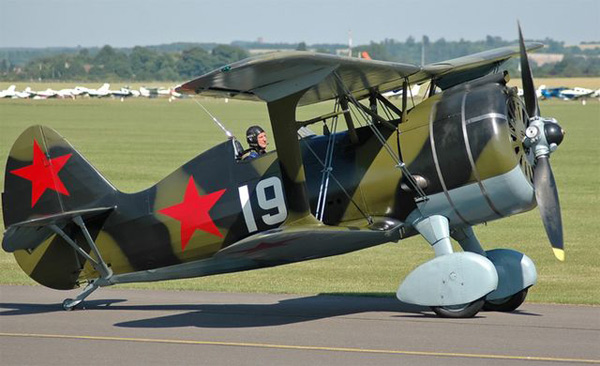
Biplane fighter I-15bis with fixed landing gear, It is an improved version of the aircraft and -15, being built in 1934-1935 gg., but the beginning of the Second World War had already descended from the stage. The machine is designed under the direction H. Polikarpov and became only fighter-biplane its structure to a conventional central plane of the upper wing (all other machines have center-type "gull"). Improvement undergone motoustanovka, weapons and a number of other aircraft systems. Initially intended to make the cockpit closed, but in the series it was open, but with a visor.
I-15 bis – video
Prototype in the usual sense was not – built in a series of troop, first copy of which was completed in April 1937 g. During the flight test, He showed good maneuverability, but high-speed qualities were deemed insufficient – the machine was able to develop a 360 kmh, significantly behind as the monoplane I-16, and develops biplane with retractable landing gear-153. Nevertheless, after making a number of changes, aimed at weight reduction, I-15bis have adopted and put into mass production at the Moscow plant number 1, at 1937-1939 gg. built 2403 such aircraft.
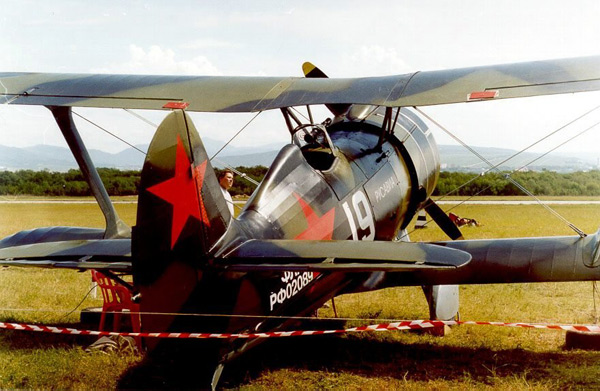
Combat debut-15bis held in China – there is information about the delivery of these aircraft already in 1937 city, i.e., almost immediately after its launch. In total, the country received 347 Soviet fighter biplane – mostly-15bis, but probably also the older I-15. Aircraft significantly inferior Japanese monoplane fighters-in speed and climb, and 1940 g. I-15bis in the Chinese Air Force is almost gone.
In Spain "behind the curtain" of the Civil War set 30 aircraft-15bis. Machines used solely as an attack aircraft and pilots estimated in no way superior to conventional I-15. 20 aircraft, inherited Frankists, It operated until the mid 40s.
In the battles on Khalkhin- in the middle 1939 g. participated, total, about 100 Oh 15 And BBC RKKA. Battle casualties 56 machines. Here, as in China, I-15bis could not compete with the Japanese fighter, and by the end of the conflict only used for night patrol. I-15bis participated in the Soviet-Finnish War – to its top near the borders of Finland was focused 276 such aircraft. I-15bis, having good takeoff and landing performance and mounted on the chassis ski, It turned out to be the most suited for combat operations in the winter. The main objectives for these aircraft were proximal exploration and ground attack, using them as fighters was limited.
5 I-15bis during the "Winter War" became Finnish trophies and operated as training to 1945 g.
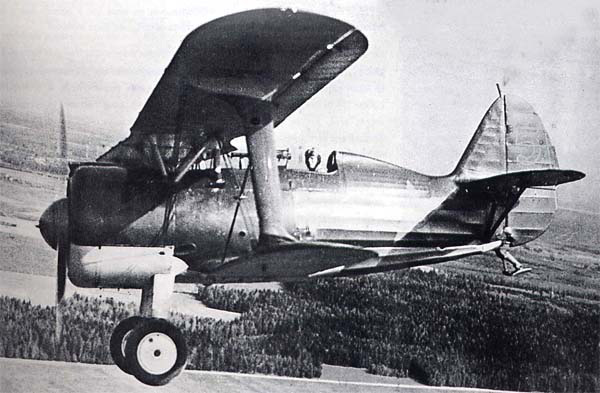
Lack of flight performance-15bis for use as a fighter was quite obvious. Therefore, even in May 1939 g. Head of the Red Army Air Force ordered to transfer all the I-15bis on arms assault regiments. Nevertheless, on the eve of the attack of Nazi Germany on the Soviet Union in the destructive parts of the border districts there were more 268 such aircraft, Air Force Black, Baltic and Northern fleets had 138 I-15bis. During the Second World War their use as fighter was episodic, but storm and night bomber regiments-15bis were used until the second half 1943 g. On 1 June 1943 g. there were in the army 32 Aircraft of this type. In the Far East, they are much longer-renowned, that even in 1945 g. Air Force Mongolia-15bis flew 1 uttermost.
The adoption of the I-15bis can not be considered justified – aircraft, formally considered a fighter, in fact, no longer able to effectively carry out the task of combating enemy air, behind in all indicators are not only fighters, but many of the enemy bombers. However, the I-15bis for a long time been used as shock.
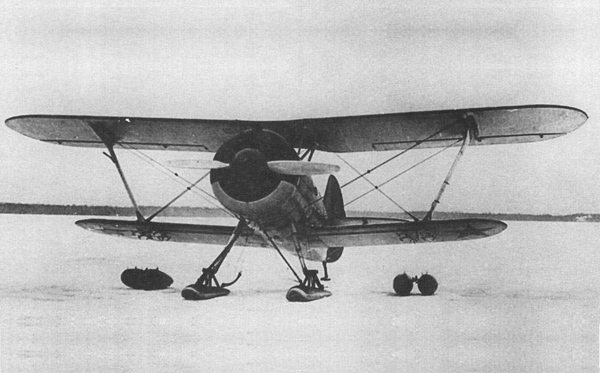
Performance characteristics bis-15
– Manufacturer: GAS their №1. Aviahima (Moscow)
– chief designer: Polikarpov n. n.
– First flight: summer 1937
– Getting Started: 1938
– End of operation: 1945
– years of production: 1937 – 1939
– units produced: 2408
Crew-15 bis
– 1 pilot
Sizes I-15 bis
– Length: 6,275 m
– Wingspan: top 10,2 m, lower 7,5 m
– Height: 3,416 m (in the flight line)
– wing area: 22,5 m² (both wings)
– airfoil: Clark YH
– track chassis: 1,608 m
– Wing loading: 75,5 kg / m
Weight-15 bis
– empty weight: 1310 kg
– Normal takeoff weight: 1700 kg
– Maximum takeoff weight: 1870 kg
– Mass fuel in internal tanks: 225 kg
– Volume of fuel tanks: 320 l
Engine-15 bis
– 1 × radial M-25B
– engine power: 1 × 700 l. from. (1 × 515 kW (rated))
– thrust-to-weight ratio: 320 W / kg
– Air propeller: two-bladed metal
– The diameter of the screw: 2,8 m
Speed-15 bis
– full speed: near the ground 327 kmh, on high 379 km / h on 3500 m
– landing speed: 105 kmh
– set the height: 5000 M 6,8 min
– time bend: 10,5 from
– The length of the run: 170 m
– path length: 237 m
Flight range and 15-bis
– 520 km (technical)
Practical ceiling-15 bis
– 9800 m
Armament-15 bis
– Small-pushechnoe: 4 × 7,62 mm machinegun PV-1 by boekomplektom 3050 patr. (the top of 1100 patr., lower on 425 patr.)
– combat load: 150 kg
– bombs: 2 × AO-25 and 2 FAB-50 ×
Photo I-15 bis
